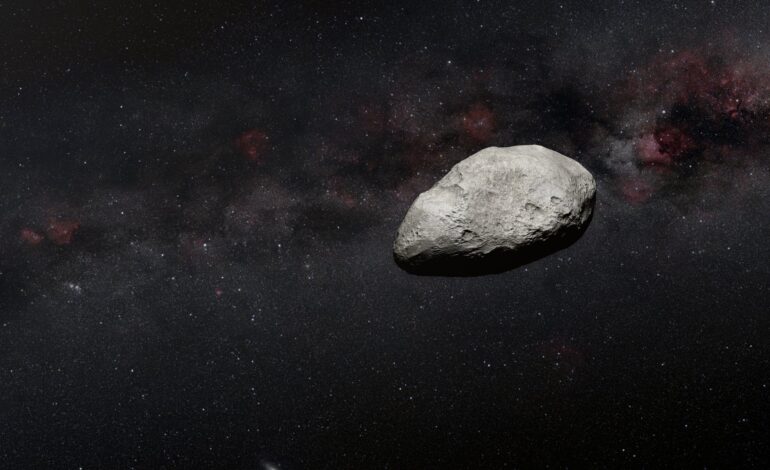Astronomers Test Earth’s Asteroid Defense with 2024 YR4 Discovery

Astronomers recently conducted a significant test of Earth’s asteroid defense capabilities following the discovery of asteroid 2024 YR4. The asteroid, detected by the ATLAS survey on December 27, 2024, garnered attention in January 2025 when its potential impact risk was assessed. A new paper authored by Maxime Devogèle from the European Space Agency (ESA) details the entire process of discovery, classification, and subsequent response to the asteroid’s threat level.
In an unusual turn, the threat posed by 2024 YR4 escalated over the following month, which is atypical for newly identified asteroids. By January 27, 2025, it had reached a classification of 3 on the Torino Scale, indicating a greater than 1% chance of impacting Earth. This marked a historic moment as it was the first asteroid to achieve this level on the scale, which categorizes threats based on their impact probability and potential damage.
The Torino Scale, developed by Dr. Richard Binzel of the Massachusetts Institute of Technology in 1995, consists of eleven categories ranging from 0, indicating no hazard, to 10, which signifies a certain collision. While the Apophis asteroid had previously reached a level 4 on this scale in 2004, 2024 YR4’s classification represented a unique case as it climbed to 3 without being downgraded quickly.
The public and scientific community reacted strongly to the asteroid’s classification, prompting the first official notification from the International Asteroid Warning Network. This network was established in 2014 following the Chelyabinsk asteroid explosion in 2013, which underscored the need for coordinated responses to potential asteroid threats.
Interest in 2024 YR4 led to enhanced observation efforts, utilizing some of the world’s most powerful telescopes, including the Gran Telescopio Canarias and the Very Large Telescope. These observations revealed critical features about the asteroid, including its rapid rotation period of just 19.5 minutes. Additionally, the asteroid was classified as either an Sq-type or K-type, though ongoing discussions continue regarding its precise classification.
As the initial threat to Earth lessened, new assessments indicated a potential risk to the Moon. Current estimates suggest that 2024 YR4 has approximately a 4% chance of impacting the Moon in 2032, which could have significant implications for satellites orbiting Earth due to the debris generated from such an event.
The response from the planetary defense community illustrates the effectiveness of the existing protocols. The systematic approach taken during this situation not only engaged astronomers but also highlighted the importance of vigilance in monitoring near-Earth objects. As the world continues to develop strategies for planetary defense, the lessons learned from the 2024 YR4 scenario will be invaluable for future responses to potentially hazardous asteroids.
The ongoing research into asteroids like 2024 YR4 reaffirms the necessity of preparedness in the face of cosmic threats, ensuring that humanity is better equipped to address any future asteroid encounters.






